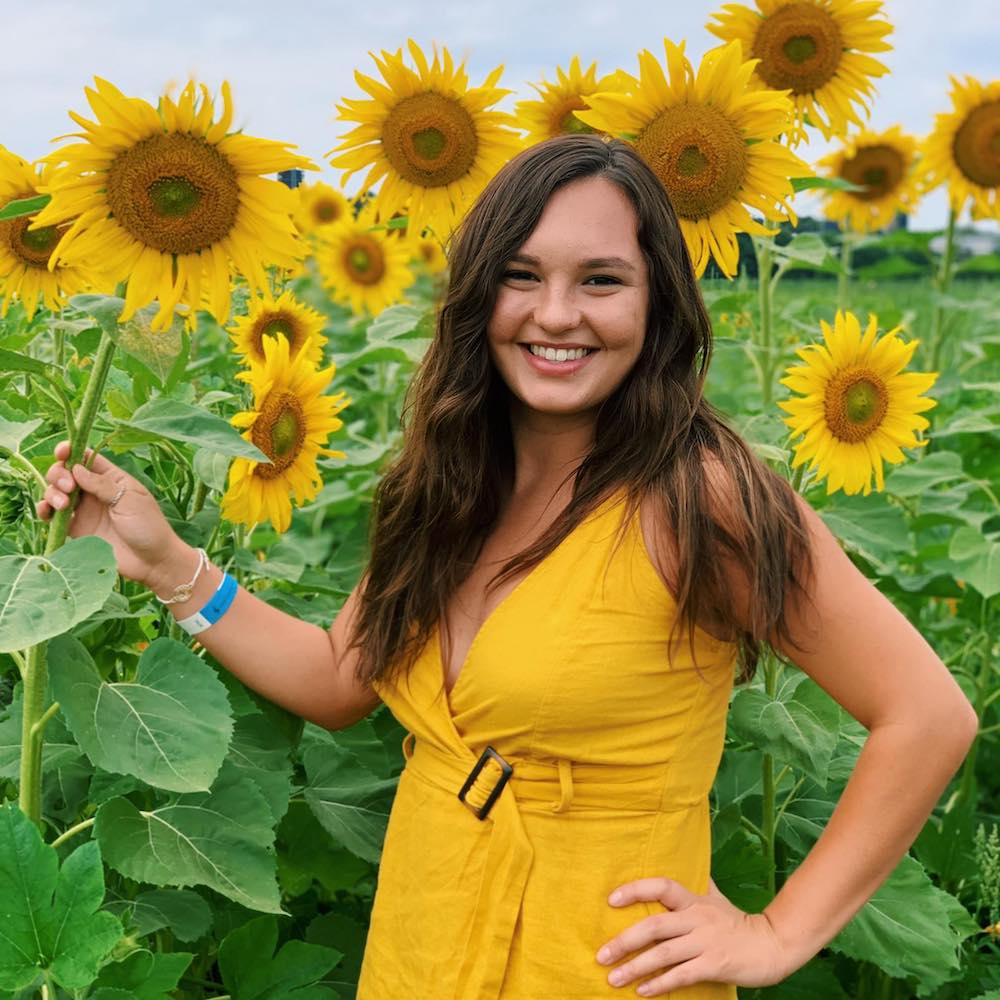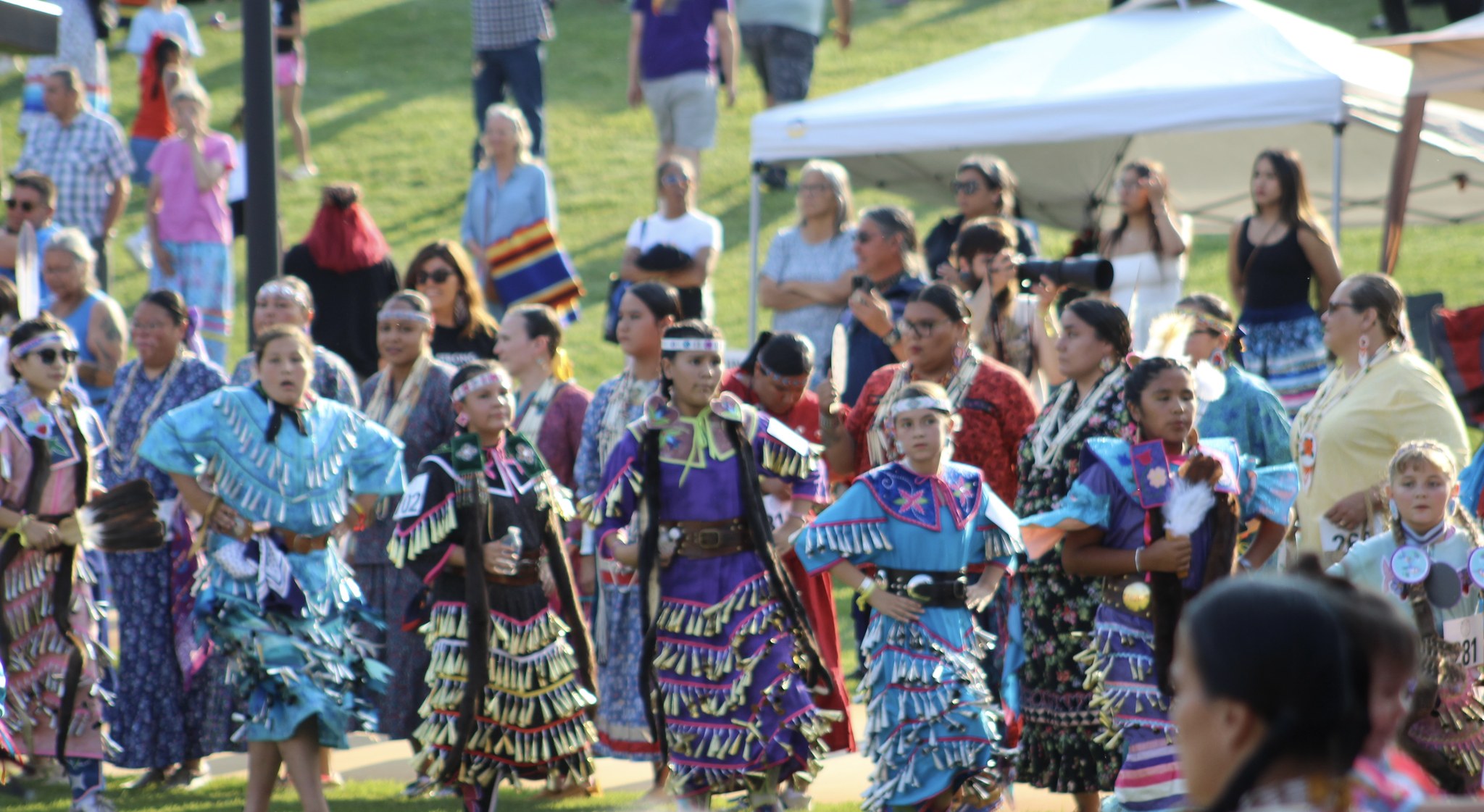
- Details
- By Kaili Berg
Each November, Native American Heritage Month is celebrated in the United States. The month provides time to celebrate and honor the histories, cultures, and contributions of American Indian and Alaska Native peoples.
The origins of this national observance trace back more than a century. In 1916, New York became the first state to declare an “American Indian Day,” following years of advocacy by Red Fox James of the Blackfeet Nation, who rode horseback across the country seeking support from state governments.
In 1990, President George H.W. Bush signed a joint congressional resolution designating November as National American Indian Heritage Month. Since then, every U.S. president has issued proclamations reaffirming the importance of honoring Native heritage.
For November 2024, President Joe Biden declared November as Native American Heritage Month, stating in his proclamation that “Indigenous peoples’ history in the United States is defined by strength, survival, and a deep commitment to and pride in their heritage, right to self-governance, and ways of life.”
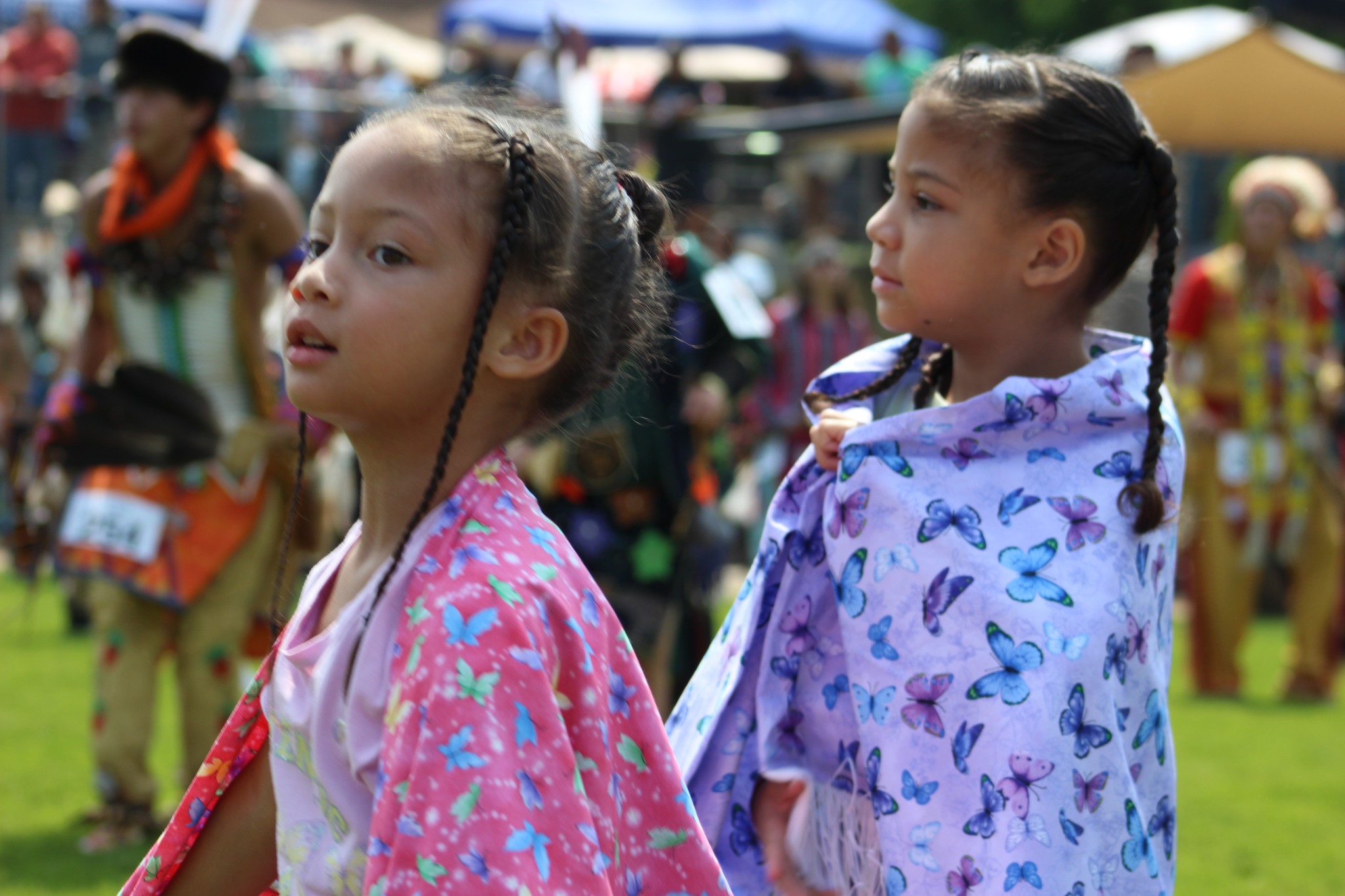
Two Potawatomi sisters enjoying the dance arena. (Photo/Levi Rickert)
Noticeably absent this year is a proclamation from President Donald Trump, who declared National Hispanic Heritage Month but has not issued one for Native American Heritage Month.
Just days after the start of Trump’s second term, on Jan. 28, 2025, an internal memorandum from the U.S. Defense Intelligence Agency (DIA) announced it would no longer observe National American Indian Heritage Month, along with 10 other cultural and historical observances, including Martin Luther King Jr. Day, Juneteenth, and Holocaust Days of Remembrance.
“DIA will pause all activities and events related to Agency Special Emphasis Programs effective immediately and until further notice,” the memorandum stated, adding that “Special Observances hosted throughout the year are also paused.”
During Trump’s first term, he declared November not only as Native American Heritage Month but also as National American History and Founders Month, a separate observance honoring European settlers.
Despite the pullback from the Trump administration, Native communities continue to grow. According to the U.S. Census Bureau, about 7.4 million people in the United States identify as American Indian and Alaska Native, either alone or in combination with another race. That number is projected to rise to around 9 million by 2060.
The Native population has grown by more than 30 percent in the past decade—outpacing the national average—and is notably young, with a median age of 33 compared to the national median of 39.
There are currently 574 federally recognized tribes in the United States, each with unique languages, governments, and cultural traditions. While many tribal citizens live on their ancestral homelands, roughly 71 percent now live in urban areas.
This migration reflects a long history of relocation policies, but it has also led to growing Indigenous visibility in cities, where Native people are establishing cultural centers, businesses, and community-led initiatives that strengthen identity and economic opportunity.
Native-owned businesses are among the fastest-growing sectors in the country, contributing billions annually to the U.S. economy. From renewable energy ventures and tourism enterprises to fashion and art, Native entrepreneurs are combining traditional knowledge with modern innovation.
Still, many challenges persist. Native communities experience disproportionate rates of poverty, health disparities, and environmental injustice. The legacy of boarding schools, land dispossession, and federal assimilation policies continues to affect generations.
Yet throughout Indian Country, efforts to reclaim and revitalize Native languages, protect sacred sites, and restore food sovereignty are driving powerful movements of healing and resurgence.
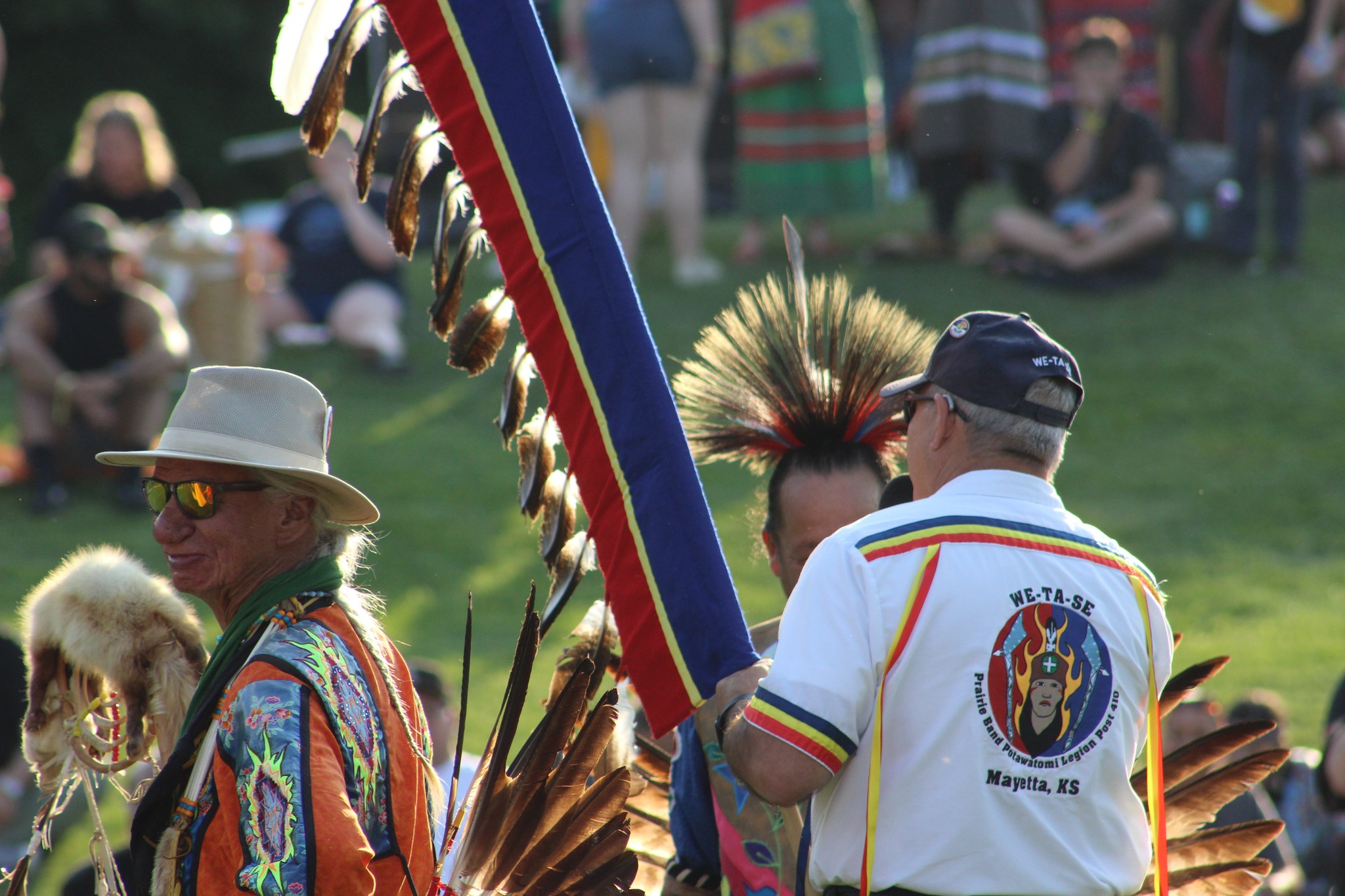
Across the nation, schools, museums, and tribal organizations host events highlighting Indigenous art, storytelling, and history. Readers can turn to Native authors such as New York Times bestselling author Angeline Boulley (Sault Ste. Marie Tribe), 23rd U.S. Poet Laureate Joy Harjo (Muscogee Nation), Pulitzer Prize for Fiction winner Louise Erdrich (Turtle Mountain Ojibwe), and Robin Wall Kimmerer (Citizen Band Potawatomi Nation), another New York Times bestselling author whose works illuminate contemporary Indigenous life and the deep relationships between people and the natural world.
Native American Heritage Month invites all people—not just those within Indigenous communities—to learn and take part in this story. Supporting Native-owned businesses, attending cultural events, or learning about the land one lives on are ways to honor this month’s recognition.
More Stories Like This
50 Years of Self-Determination: How a Landmark Act Empowered Tribal Sovereignty and Transformed Federal-Tribal RelationsUnited Indian Nations of Oklahoma to Hold Annual Meeting in Oklahoma City Nov. 6
Dakota Wicohan Receives 2025 Greater Minnesota Bush Prize for Dakota Language Revitalization
Senate Committee on Indians Affairs Hear How Tribes Turn to Natural Resources as Federal Shutdown Deepens Food Insecurity
Help us tell the stories that could save Native languages and food traditions
At a critical moment for Indian Country, Native News Online is embarking on our most ambitious reporting project yet: "Cultivating Culture," a three-year investigation into two forces shaping Native community survival—food sovereignty and language revitalization.
The devastating impact of COVID-19 accelerated the loss of Native elders and with them, irreplaceable cultural knowledge. Yet across tribal communities, innovative leaders are fighting back, reclaiming traditional food systems and breathing new life into Native languages. These aren't just cultural preservation efforts—they're powerful pathways to community health, healing, and resilience.
Our dedicated reporting team will spend three years documenting these stories through on-the-ground reporting in 18 tribal communities, producing over 200 in-depth stories, 18 podcast episodes, and multimedia content that amplifies Indigenous voices. We'll show policymakers, funders, and allies how cultural restoration directly impacts physical and mental wellness while celebrating successful models of sovereignty and self-determination.
This isn't corporate media parachuting into Indian Country for a quick story. This is sustained, relationship-based journalism by Native reporters who understand these communities. It's "Warrior Journalism"—fearless reporting that serves the 5.5 million readers who depend on us for news that mainstream media often ignores.
We need your help right now. While we've secured partial funding, we're still $450,000 short of our three-year budget. Our immediate goal is $25,000 this month to keep this critical work moving forward—funding reporter salaries, travel to remote communities, photography, and the deep reporting these stories deserve.
Every dollar directly supports Indigenous journalists telling Indigenous stories. Whether it's $5 or $50, your contribution ensures these vital narratives of resilience, innovation, and hope don't disappear into silence.
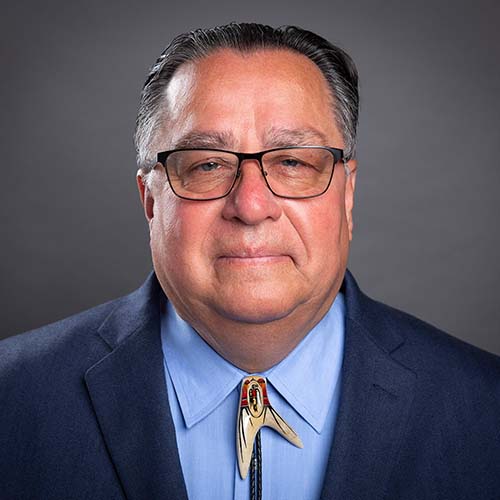 The stakes couldn't be higher. Native languages are being lost at an alarming rate. Food insecurity plagues many tribal communities. But solutions are emerging, and these stories need to be told.
The stakes couldn't be higher. Native languages are being lost at an alarming rate. Food insecurity plagues many tribal communities. But solutions are emerging, and these stories need to be told.
Support independent Native journalism. Fund the stories that matter.
Levi Rickert (Potawatomi), Editor & Publisher

